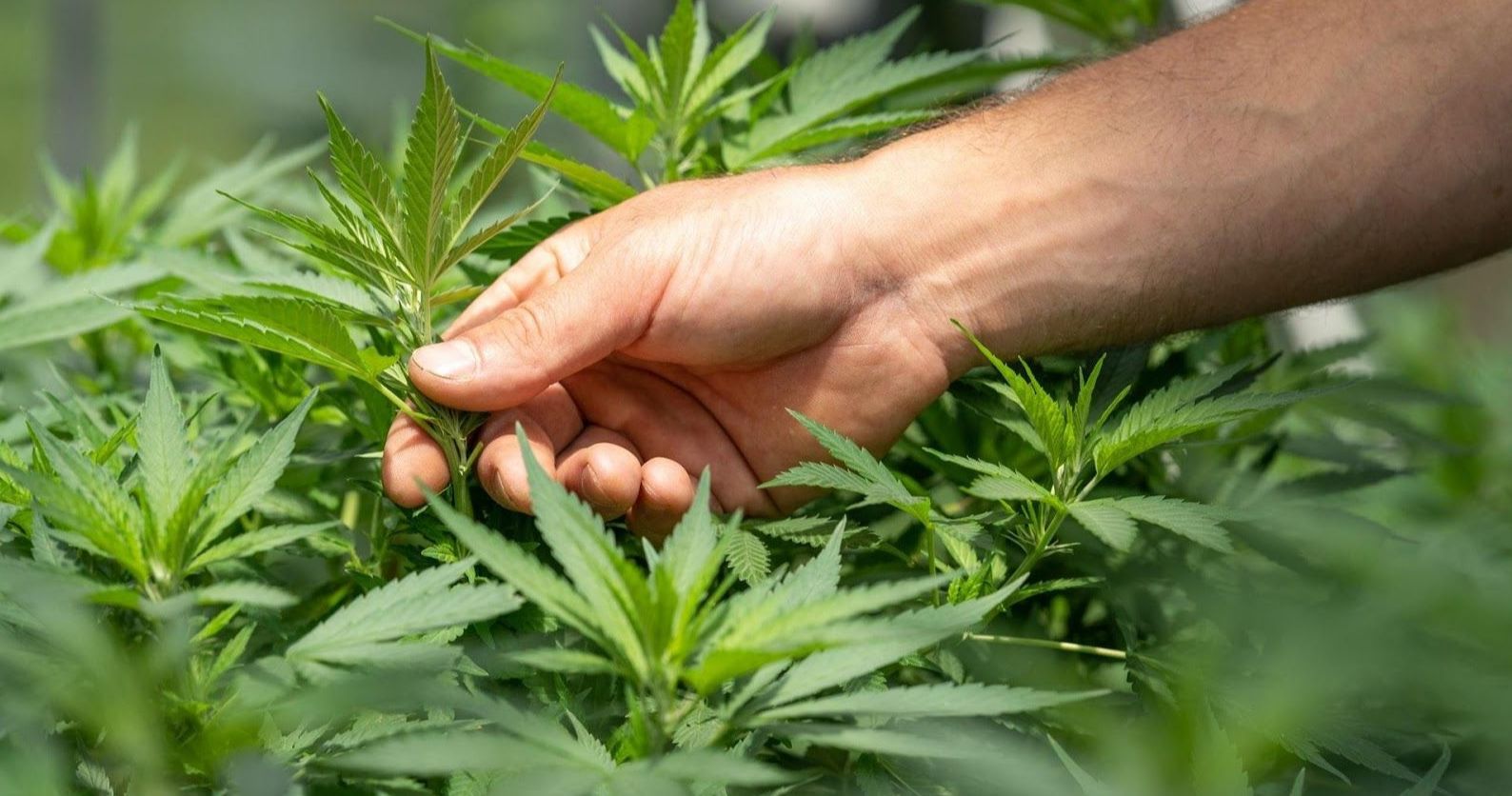As scientific research around cannabis' potential medicinal and therapeutic benefits establishes the increasingly popular plant at the center of the natural medicine space, more consumers than ever before are looking to supplement with its non-psychoactive compounds. By using these compounds preemptively against a wide range of neurophysiological conditions, cannabis consumers are hoping to avoid common dangerous side effects associated with synthetic drugs and opioids.
What are two examples of non-psychoactive cannabis compounds?
As of this writing, the most popular non-psychoactive cannabis compounds by far are the cannabinoid known as cannabidiol (CBD) and common terpenes found in well-known cannabis strains, such as Lemon OG's limonene and Zkittlez's linalool. Both CBD and terpenes are currently being studied by medical researchers for their viability as natural therapeutics against conditions like chronic pain, inflammation and anxiety.
As if their impressive potential in the field of natural medicine wasn't enough, cannabis compounds are also incredibly versatile in terms of infusion mediums. Today both terpenes and cannabinoids are frequently used in the beauty and sports medicine industries, enhancing the effects of balms, roll-ons, soap and even bubble baths. In this post, we go over important considerations as well as tips on how you can incorporate these non-psychoactive compounds to add flavor, aroma and health benefits to your cooking.
Choose the Right Strain for Your Purpose
Unless you're looking to make delicious brownies that double as a natural sleep aid, a good rule of thumb is that selecting low-THC, high-CBD cannabis strains is best when looking to infuse CBD into cooking, baking and tea recipes. Good examples of high-CBD strains include Harlequin, Sweet & Sour Widow and Ringo's Gift. Alternatively, cannabis greenhorns looking for CBD can ask for viable strains at their local dispensary, use hemp, or buy CBD in isolate or concentrate form.
Acquiring terpenes for infusion is a fairly straightforward process; simply purchase strain-based terpene profile mixes from reputable sellers, such as Los Angeles' True Blue Terpenes. Be sure to pick a strain with the terpenes you're looking for — whether it's zesty limonene, earthy myrcene or hoppy humulene, strain profiles matter when using terpenes in the kitchen.
Always Decarboxylate Before Extracting Your Compounds
When working with cannabis to extract cannabinoids or terpenes for infusion, the first and most important step is decarboxylating (more commonly known as "decarbing") your plant matter. This is a simple process involving only the cannabis itself, a baking tray covered in parchment paper or foil, and an oven.
- After preheating the oven to about 225°F, break up your cannabis into small pieces, place on the baking tray and slide it into the middle of the oven rack.
- Bake for 45 minutes and remove from the oven. Properly decarbed cannabis will be golden brown, with the look and feel of being lightly toasted.
- Allow to cool and store for at least 24 hours before use.
An Example of Home Cannabinoid or Terpene Extraction
Once you have your decarbed cannabis, cannabinoids and terpenes can be separated from the plant matter using olive oil as a solvent. All you need for this is your decarbed cannabis, extra virgin olive oil and a saucepan.
- In the saucepan, prepare a 50:50 ratio mixture of water and olive oil proportionate to the amount of decarbed cannabis you have ready for extraction. Add in the cannabis and put on a medium-low heat. Heat to 200°F, stirring constantly, until the mixture reaches a low boil.
- Allow to simmer and continue stirring lightly until the water has evaporated and the cannabis has risen to the top.
- Strain out the cannabis plant matter and allow the infused olive oil to cool in a bowl before bottling.
Your new full-spectrum CBD-infused olive oil can now be bottled and used to infuse cannabinoids and terpenes into frying, stewing and baking recipes.
Pro-Tip: Be Mindful of Boiling Points When Infusing Cannabis Compounds
When cooking with cannabis compounds, it's important to know your cannabinoid and terpene boiling points. CBD, for instance, boils at 356°F. The terpene linalool boils at 390°F, while humulene boils at 225°F. A safe rule of thumb is that the cannabis compounds you decide to use should influence the recipe you use them in.
When cannabinoids and terpenes are pushed beyond their respective boiling points, their flavors, aromas and beneficial effects are negatively affected. When pushed far enough beyond these boiling points, the compounds could evaporate, resulting in a waste of money and time spent in the extraction process. To avoid wastage and loss of compound potency, it's best to always be mindful of both your temperatures and boiling points when using cannabis in the kitchen.

